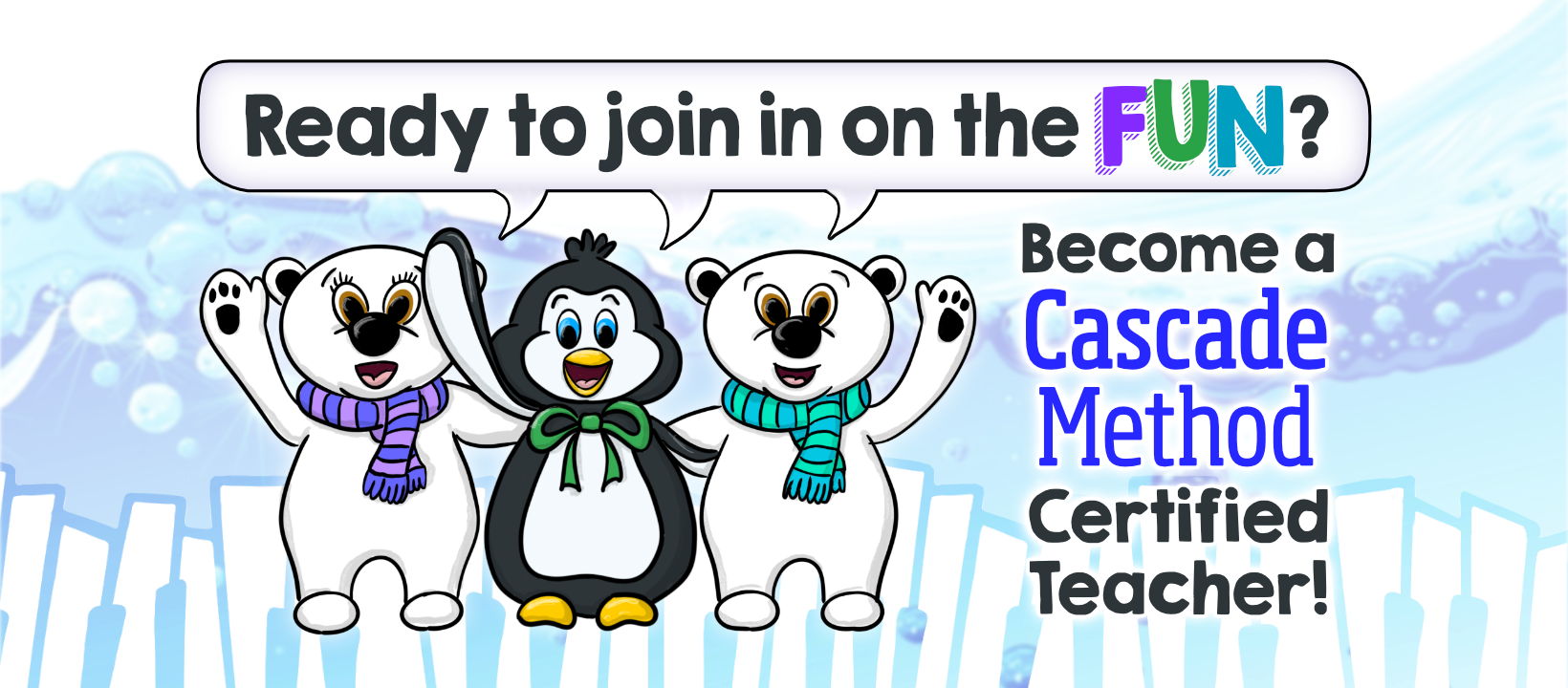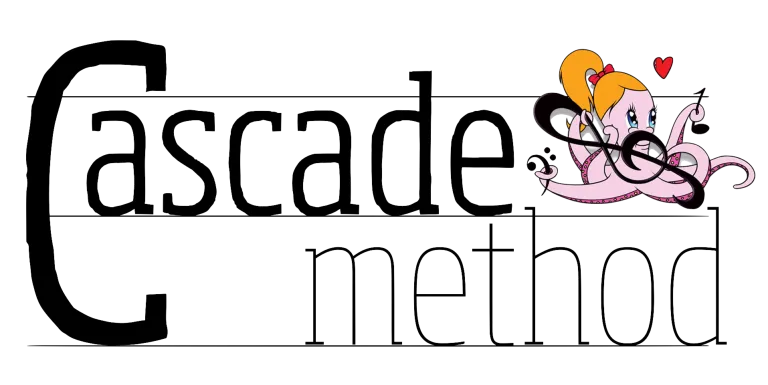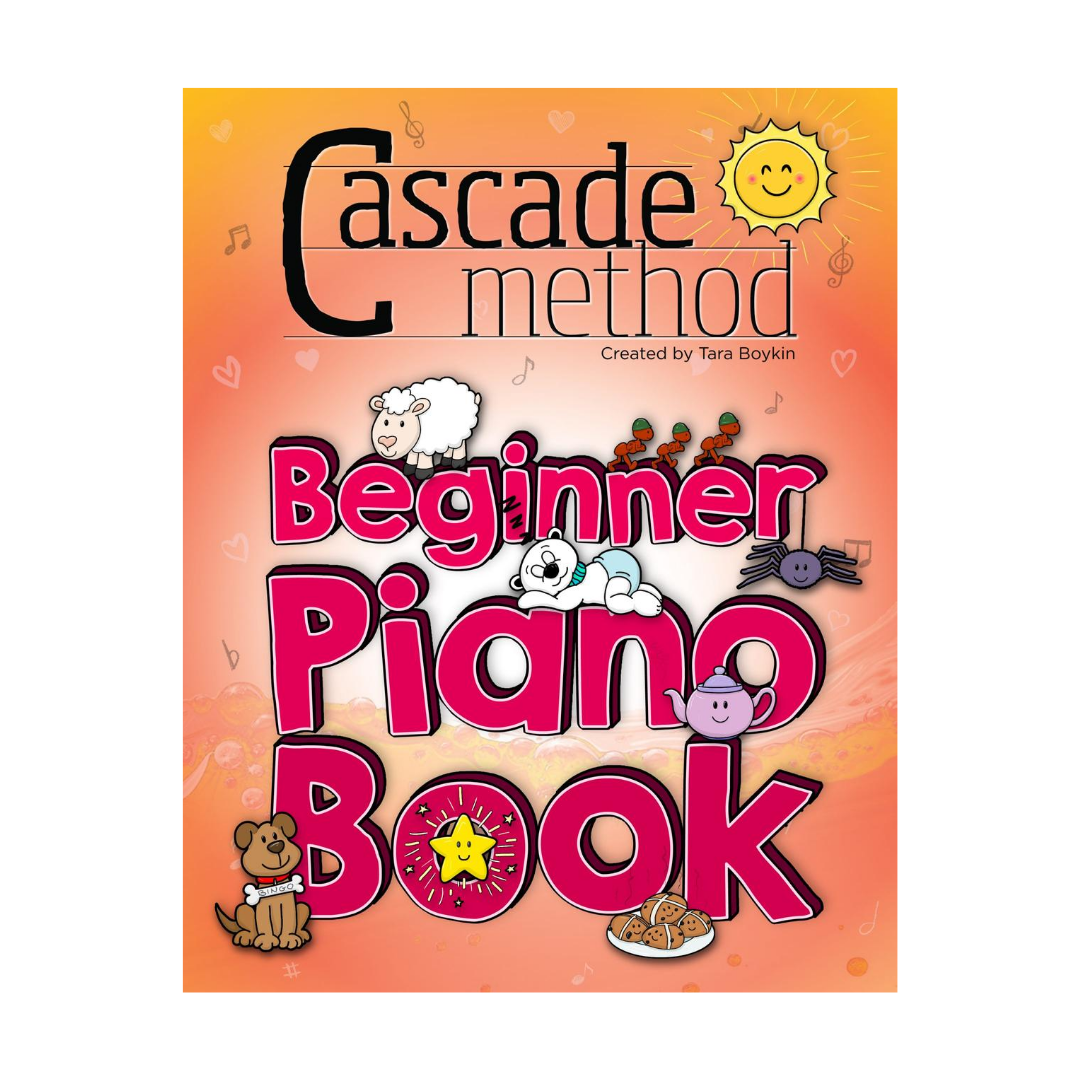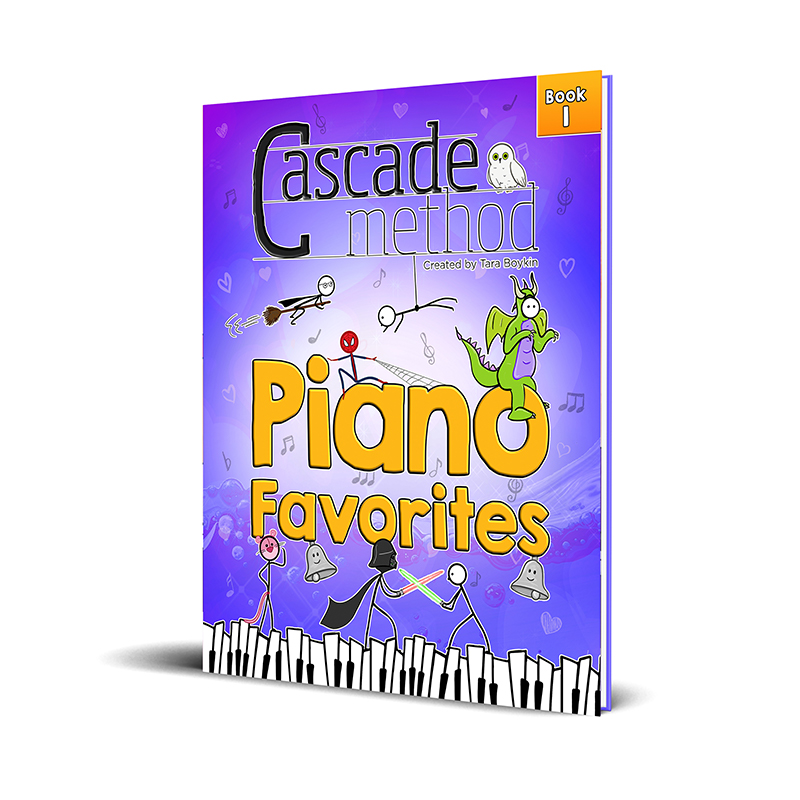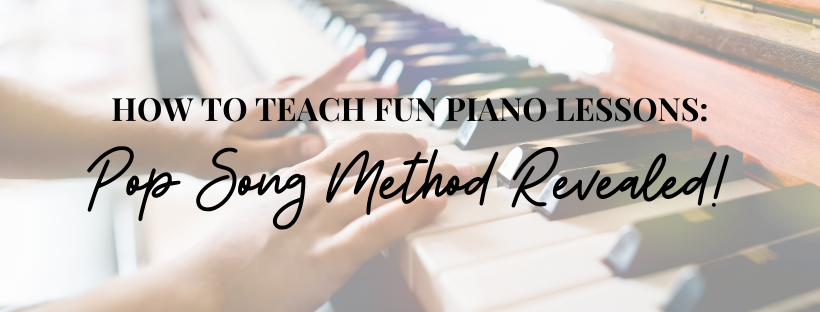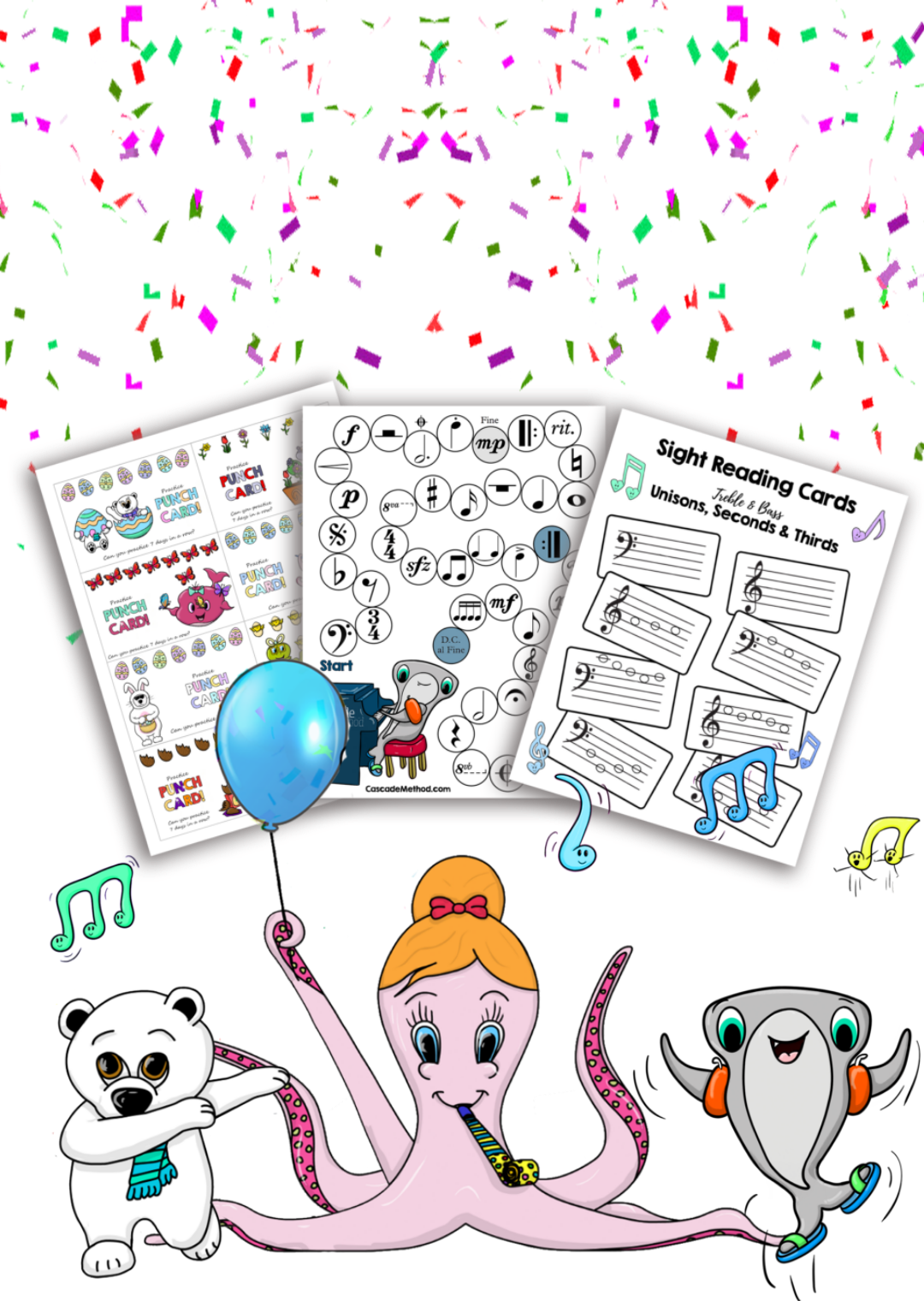
What To Do In the First Lesson With a Transfer Student
Many times, I get new students that are transferring over from another piano teacher because they are losing interest in their current lessons. A lot of my transfer students come as referrals from the parents of the students I’m currently teaching. I like to say these parents hire me so I can revive their kid’s passion for piano!
On the other hand, you may work with a transfer student for the sole reason that the family had to relocate, or maybe you decided to move and are starting an entirely new roster of students! Regardless of the reasoning, it can be tricky to know how to kick off piano lessons with a student that’s already worked with someone else and has some knowledge of the instrument.
If you’re familiar with the Cascade Method Teacher Training Program, you know that certified teachers get live workshops every month and access to a boat-load of other resources for their piano lessons.
I thought it may be a good idea to share some of the goodies we discuss in our live monthly workshops over here on the blog so everyone can get an idea of the value in becoming a member! Obviously, the live workshop lays everything out way more in-depth with additional tips and tricks, but this will at least give you an overview of what to do when working with a transfer student!
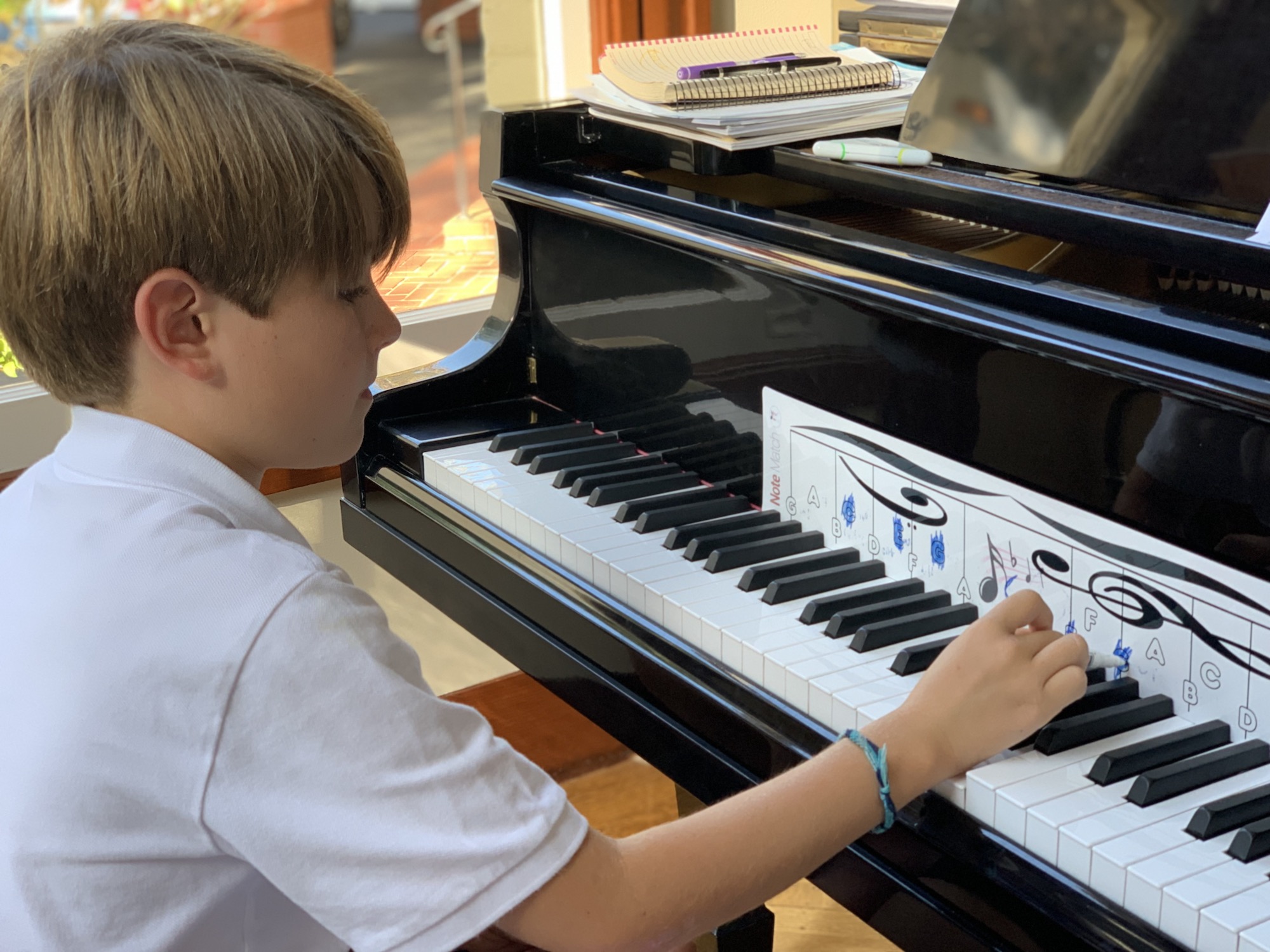
Working with a Transfer Student in the First Lesson
When you work with a transfer student, you have to be prepared to assess where they are in their knowledge as well as find out what they don’t yet know.
I, of course, start off with introducing myself and I try to be as bubbly and excited as I possibly can be to make them feel comfortable and welcomed! I don’t talk down to them because they’ve obviously played piano before and I allow the first lesson to be a learning experience for me more so than for them.
I want to figure out what they know versus what they don’t, and I want them to feel good about what they do know!
The first lesson with a transfer student is NOT about jumping into the “teaching” — it IS about getting to know the student and learning about their current understanding of the instrument.
After we’ve had introductions, I ask them with much excitement and anticipation, “What do you know how to play and what would YOU like to show me?!”
Giving the student the option to select their most “proud” piece to play will lighten up the pressure and make them feel in control! This also helps to get to know their personality right away.
You’ll have some transfer students that are eager to show you, and then others that are super shy and only play one piece or even just a part of a piece.
Once you get an idea of their personality, that’s what kinda leads the rest of the lesson. With shy students, if they only want to play that one song, that’s fine!
It’s important to remember that whatever they choose to do is FINE and you should encourage them no matter what!
Make them feel impressed with whatever it is they show you! This will take the pressure off and make them feel comfortable moving forward to the next part of the lesson.
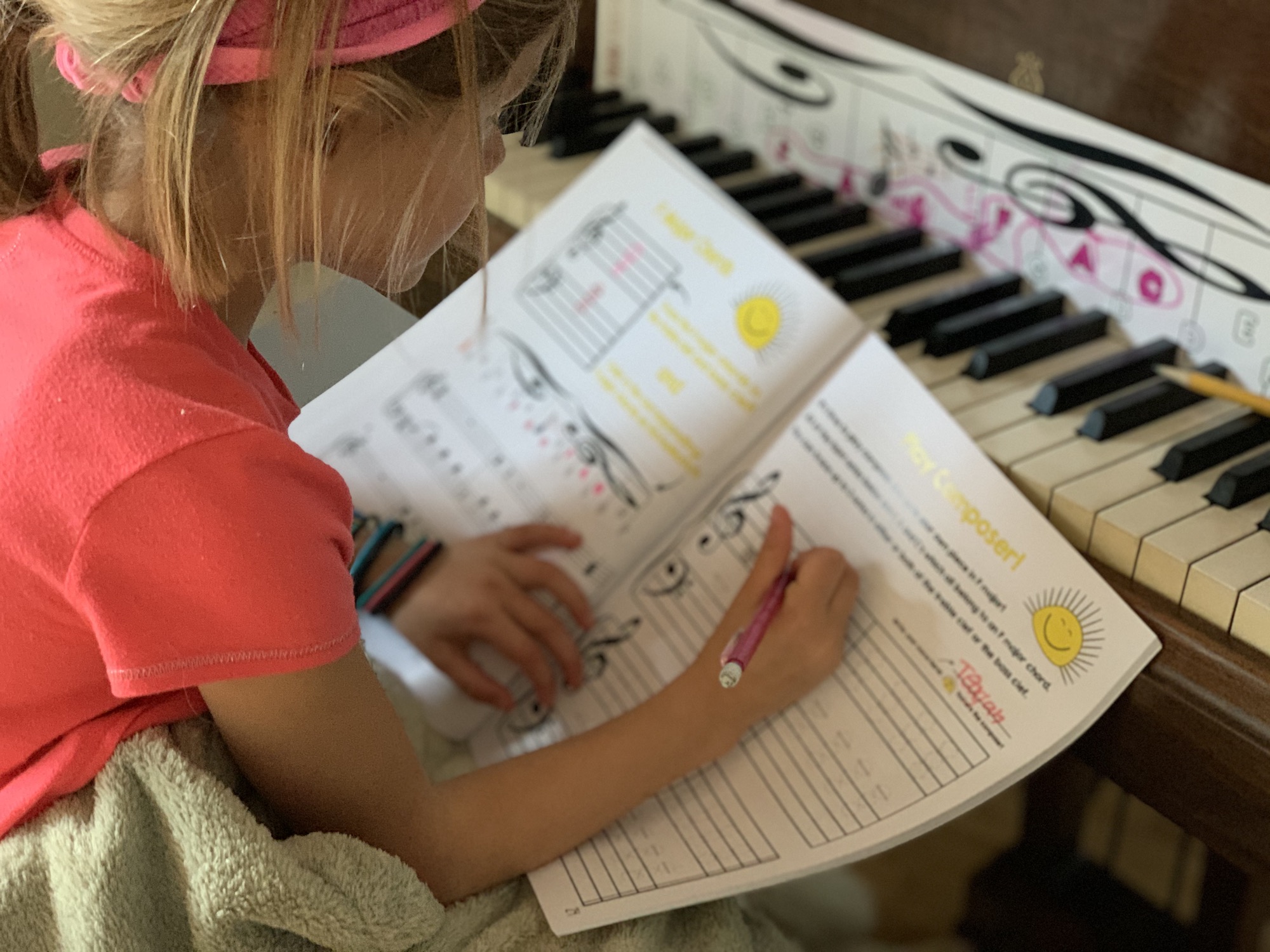
Try Cascade Improv with your Transfer Students!
I LOVE to do the Cascade Improv with my transfer students! It’s a great way to break the ice and get them to play all the black keys. Cascade Improv is simply the chord progression from my first original composition, Cascade! However, this exercise involved a lot more right hand variations in the melody. I try and feel out what the student likes; whether they prefer a more smooth feel or an upbeat lively sound. I’ve had parents walk in during improv and they are STUNNED at the music their child is playing. I’ve seriously had parents cry. No joke! Listen to Cascade and download the sheet music!
After we do this exercise, I just start asking them more questions.
Do you know what a chord is?
Do you know what a scale is?
I usually get a no! I’ll also ask them if they know all the names of the white keys. However, you have to be sure they actually know all the notes independently rather than dependent on other notes around it.
What usually happens is they are only able to find a certain note using the C as a point of reference, meaning, they’ll go to C and count five notes up to get to G. They don’t just know G independently. Discovering this obviously gives you a deeper understanding of where they’re at in their practice.
It all depends on age, too! It will have a lot to do with how much knowledge they really have (obviously) and the Cascade Method has endless resources based on age groups but ultimately, this lesson is much more about building a relationship than teaching.
The most important thing to do during the first lesson with a transfer student is to understand them.
It’s not about teaching just yet; the first lesson should serve as a learning experience for you, the teacher. You need to get to know your new student. After all, you’ll have all future lessons to get down to business!
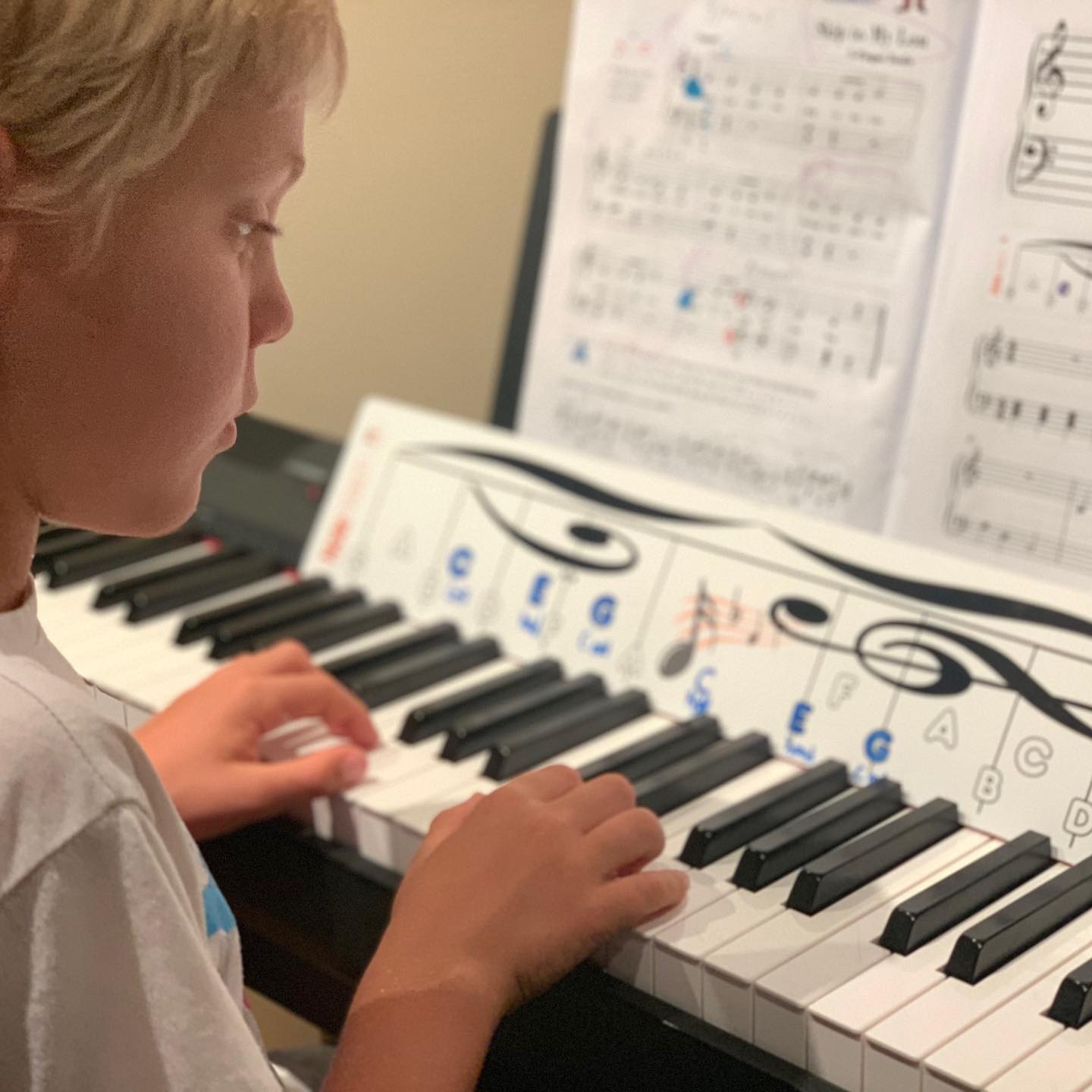
Cascade Method Recommended Resources for Transfer Students
As I mentioned, we host monthly live workshops for all Cascade Certified teachers to help further explain our teaching methods, as well as which Cascade Method books and tools are best suited for certain lessons! Below are the recommended resources from The Cascade Method for first-time lessons with your transfer student!
 THE BEGINNER PIANO BOOK:
THE BEGINNER PIANO BOOK:
For ages 5 or 6, the beginner piano book is great for reinforcing what they probably already know. Our book collection is unlike most piano books. It’s extremely colorful and interactive, so it keeps your students excited and entertained during practice and at home! Introducing this book will show them that working with YOU is going to be much more fun and rewarding than their previous lessons! ?
 NOTEMATCH PAIRED WITH NOTERUSH
NOTEMATCH PAIRED WITH NOTERUSH
It’s important to see where they’re at in their note reading comprehension. To truly understand where they’re at, you need to get them to play a new piece. If they play a piece they already know, they may just be going off memory. To ease this process, introduce NoteMatch! This piano reading tool is an absolute LIFESAVER when it comes to teaching note reading. Pair this tool with the music reading game app, NoteRush, and your students will be reading notes fluently in no time!
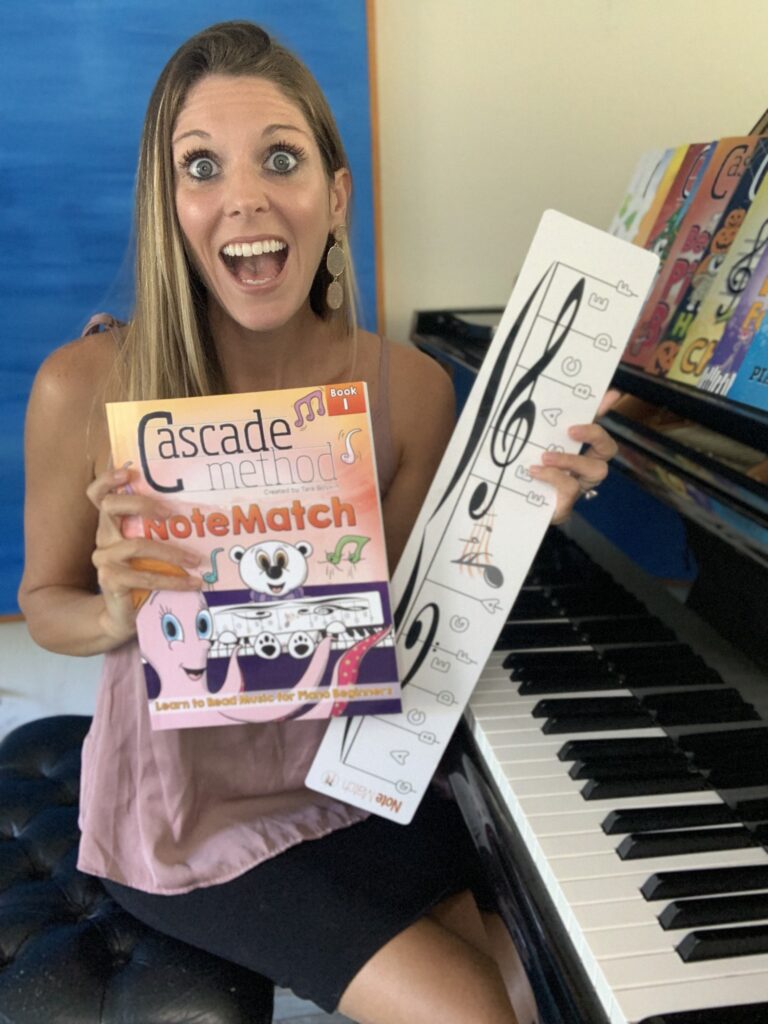
 PIANO FAVORITES
PIANO FAVORITES
Perhaps your transfer student is a little older… For ages 9 to 12 years old, I see the most success with pulling out Piano Favorites. This book has all the most popular piano songs that every kid wants to learn to play. From Fur Elise to Heart and Soul, and even the Harry Potter theme song—when I show them that they can play these popular songs that seem super hard, they are HOOKED and so excited to learn more.
 THE CASCADE METHOD POP SONG METHOD
THE CASCADE METHOD POP SONG METHOD
For ages 12 and up, I get them on pop songs right away. The older your transfer student is, the harder it is to revive their interest and passion for piano. That’s why I show them they can play their favorite pop song in the first lesson!
Oh yes, with the Cascade Method Pop Song Method, I can almost guarantee your older students will not only be so willing to learn but they’ll actually go home and practice! ? To learn more about the pop song method, check out this blog post!
 CASCADE METHOD PRACTICE BOOKS
CASCADE METHOD PRACTICE BOOKS
Lastly, the Cascade Method practice books are always a great place to start. For younger students, I recommend the Monthly Practice Challenges, and for older students, the 100 Days of Practice book. These books are designed as coloring sheets so each time your student practices, they get to color in another part of the picture! As an additional bribe, I have a huge box of prizes (that I purchase from the Dollar Store or Amazon) and once they finish an entire coloring sheet, they pick a prize (sometimes two, since there are too many to pick from!) Introducing these fun challenges from the beginning will get them excited and motivated to work towards something they see in the prize box!
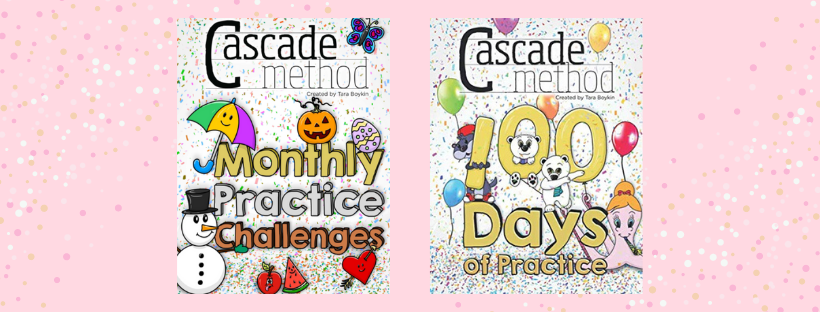
All in All, Follow Your Intuition and Be Yourself
In order for you to expect your new student to be open and excited, you need to be the same. The teacher is what leads the lesson, so be sure to follow your instincts and go with what feels right per student!
Each student is different and there’s no one-way to successfully breaking the ice with a transfer student. Especially, if you’re limited on time, you may be doing the “getting to know you” lessons for a full month! Don’t worry about moving on to the next thing if you’re getting to know one another well in what you’re currently doing. It’s a learning experience on both ends and it’s important to be flexible and patient.
What Your Transfer Student Should Walk Away With After Their First Piano Lesson
The only thing your transfer student needs to walk away with after their first piano lesson with you is feeling accomplished. It’s important that you make them feel proud in their understanding and excited for what’s to come. Showing that you’re impressed will take the pressure off and open the door for them to trust you.
Then, you just gotta do what you do best—teach!
